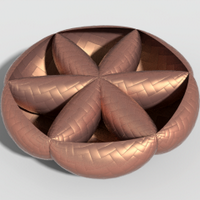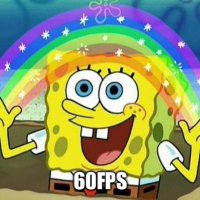
Rohan Sawhney
@rohansawhney1
High-fidelity physics @NVIDIA. @GeomCollective @SCSatCMU alum.
@rohansawhney.bsky.social
ID: 58510515
http://rohansawhney.io 20-07-2009 16:04:39
388 Tweet
1,1K Takipçi
440 Takip Edilen

Need to solve PDEs, and struggle with meshing? Heard about "Walk on Spheres," but didn't know where to start? Check out the awesome intro course by Rohan Sawhney and @baileymmiller1, just posted from #SGP2024: youtube.com/watch?v=1u-5b4…






Our new paper in Nature Machine Intelligence tells a story about how, and why, ML methods for solving PDEs do not work as well as advertised. We find that two reproducibility issues are widespread. As a result, we conclude that ML-for-PDE solving has reached overly optimistic conclusions.


The NVIDIA HiFi Physics team is looking for interns with interest/skills in 1⃣ Physics simulation (solids/fluids/differentiable etc) 2⃣ Digital Humans 3⃣ Neural Rendering/Geometry, Video Models 4⃣ Monte Carlo Methods 5⃣ Digital Fabrication Apply: nvidia.wd5.myworkdayjobs.com/en-US/NVIDIAEx…

There has been significant recent interest in methods that use random walks to solve PDEs. In a project to be presented at SIGGRAPH Asia (w/Ekrem Yılmazer and Delio Vicini), we investigated how to solve *inverse PDE* problems by differentiating such solvers.

We often think of an "equilibrium" as something standing still, like a scale in perfect balance. But many equilibria are dynamic, like a flowing river which is never changing—yet never standing still. These dynamic equilibria are nicely described by so-called "detailed balance"

There's a new kind of coding I call "vibe coding", where you fully give in to the vibes, embrace exponentials, and forget that the code even exists. It's possible because the LLMs (e.g. Cursor Composer w Sonnet) are getting too good. Also I just talk to Composer with SuperWhisper




Logarithmic maps are incredibly useful for algorithms on surfaces--they're local 2D coordinates centered at a given source. Yousuf Soliman and I found a better way to compute log maps w/ fast short-time heat flow in "The Affine Heat Method" presented @ SGP2025 today! 🧵



![Keenan Crane (@keenanisalive) on Twitter photo Signed distance functions (SDFs) are an important surface representation, which can be directly visualized via the “sphere tracing” algorithm.
At #SIGGRAPH2024 we showed how to sphere trace a whole new class of surfaces, based on *harmonic functions* rather than SDFs. [1/n] Signed distance functions (SDFs) are an important surface representation, which can be directly visualized via the “sphere tracing” algorithm.
At #SIGGRAPH2024 we showed how to sphere trace a whole new class of surfaces, based on *harmonic functions* rather than SDFs. [1/n]](https://pbs.twimg.com/media/GUneUpPXYAA8Nux.jpg)



